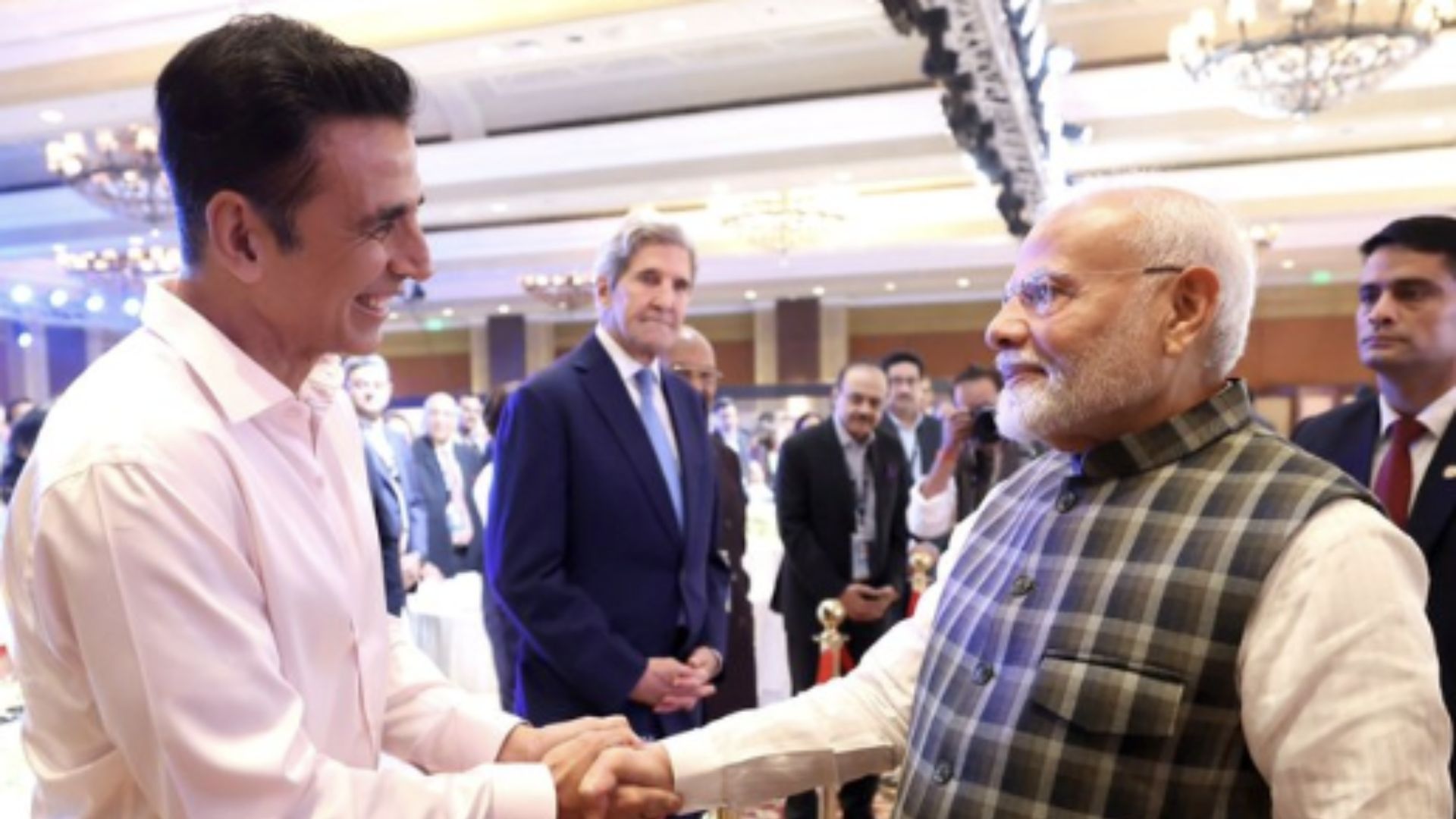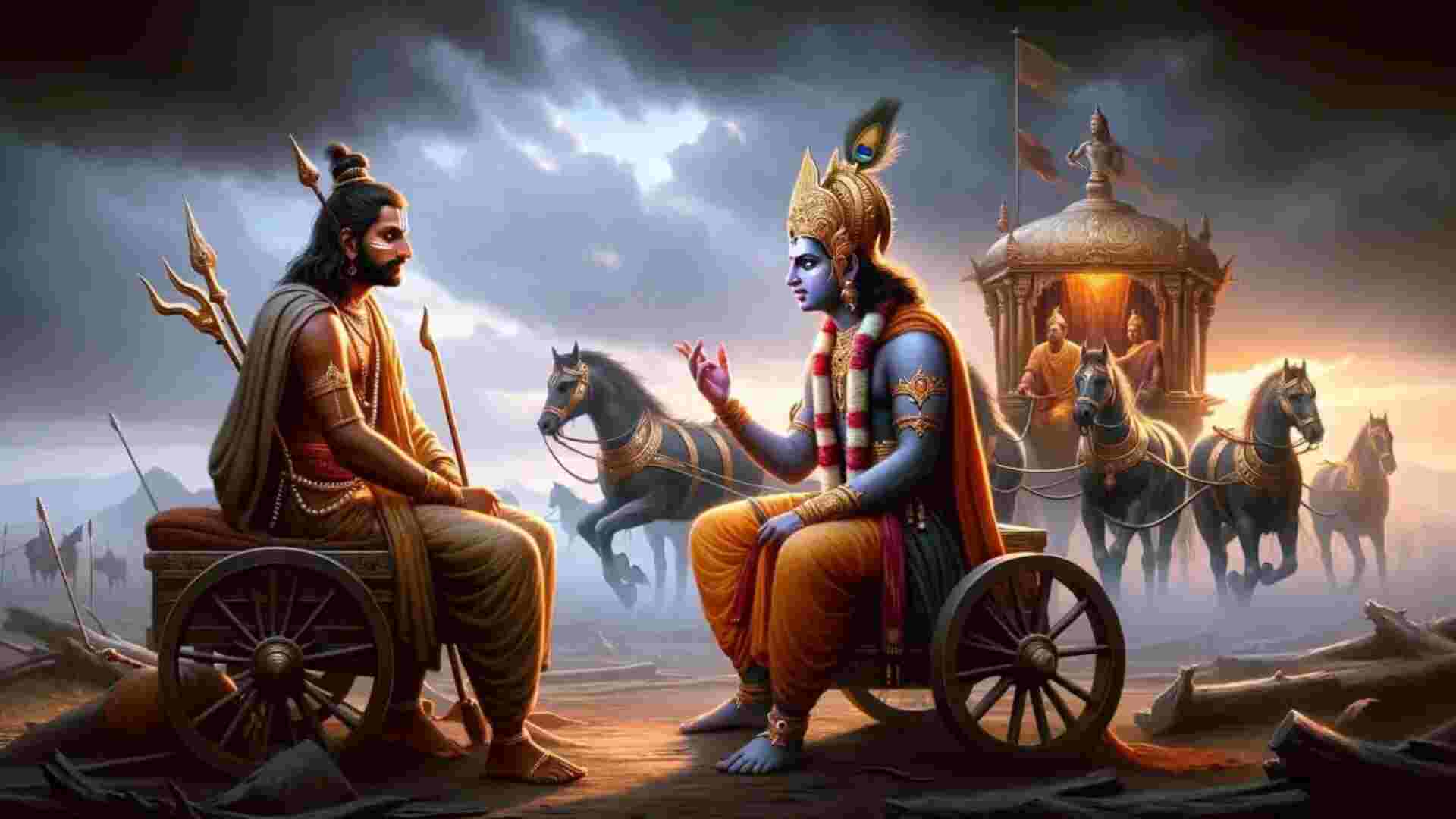
Article 1 of the Constitution states India, that is Bharat, shall be a Union of States. The article can be analysed in two parts. One part is ‘India, that is Bharat’ and the other is ‘union of states’. The first part highlights the civilisational aspect of the nation. The second part lays down the quasi federal nature of the Constitution. The two parts when clubbed establishes the vision of the Constitution makers. The Constitution-makers while laying down the governance model for the nation emphasised on the civilisational roots of the nation as well. Clubbing the two aspects together and putting in the first article sets the tone for the rest of the articles in the Constitution. Also, the two parts are not mutually exclusive but signifies that the union of states is linked to the civilisational continuity prevalent within the states. The diversity of the language, ethnicity and caste of the states is beautifully bound by the civilsational unity of ‘Sanatan Dharma’ prevalent across all regions. Thus, the two parts are complementary to each other and should be read in the same breath. However, there is great injustice done to both the Constitution-makers as well as the innumerable freedom fighters who lost their lives fighting for freedom of this land, when we focus only on the division between the states considering them as individual entities without focusing on the common thread between them. The term ‘union of states’ is very superficial if we remove India, that is Bharat. Such selectivity is expected to widen the borders rather than bridging the gap. The removal of our sense of cultural nationalism is bound to hurt our unity. The dangerous ploy of some political parties to focus only on ‘union of states’ appears to be an extension of the policy of ‘divide et impera’.
One of the most infamous policy adopted by the British Raj to keep Bharat under slavery was the policy of divide et impera, i.e., the policy of divide and rule. The British realized that a united Bharat will be dangerous as well as uncontrollable for them and hence the best option for them was to keep the people of Bharat divided on the basis of caste, religion, race and ethinicity. The divided Bharat is always good for the adversary. Even after independence, the policy of divide and rule was continued by many political parties and regional groups. Minority appeasement is the biggest testament of the divide and rule strategy followed even till today. Apart from minority appeasement, right from independence till today there have been several movements fuelled to further the divide in the society. The Dravidian movement based on the myth of Aryan invasion theory, the insurgency of the northeast and Khalistan separatism are some of the prime examples of it. There is clear evidence of adversaries fuelling the insurgency movements in the northeast and Khalistan movements just to break Bharat. Thus, we have a very dangerous precedent of unrest in society whenever regional divisional forces are invoked by the political parties. The vision of Balkanisation of Bharat of the adversary is furthered by such divisive narrative. The concept of ‘union of states’ without any sense of nationhood weakens the narrative of unity in the nation. It fuels division and regionalism. It neither serves the national interest nor a political one. The petty politics of division is very short-term in its approach and harms the nation and society. One of the primary reasons for such political calls is due to the weakness of the ruling party in the southern states.
However, the influence of the party is growing and such a growing influence is not in the best interest of some parties. In politics, the issues which you choose to highlight reflect on your vision. The vision of Bharat as just a ‘union of states’ deprived of its Samskriti, civilisational ethos and sense of nationhood is in no way considered to be in the best interest of the people as well as the nation. The same was also highlighted by the Hon’ble PM Narendra Modi Ji in the parliament. He quoted Pandit Nehru and highlighted how he remarked about ‘common heritage’ as a link between different geographical areas. He also invoked Tamil poet Subramaniam Bharathi for highlighting the spirit of nationalism as put forth through his poems. The Hon’ble PM was relentless in his attack and categorically highlighted the essence of Bharat. He also asked parties to not be involved in petty politics of societal divisions.
The diversity of Bharat is often used against the best interest of people to further political goals. Political goals of some parties in the past have been aligned more towards division rather than unity of the nation. Such political goals are backed by a section of pseudo-literate intelligentsia, possessed of Macaulay genes, which believes that there was no concept of nation before the arrival of the British and Bharat was nothing but a union of princely states. Such an argument is deprived of cultural and traditional knowledge and is based on the very recent history of the nation. This recency effect of the biased intellectuals also justifies their focus on Mughal history over and above other historical empires.
However, such an argument falls flat if one begins to analyse the cultural practices of Sanatan Samskriti. From common deity to commonality in the form of worship the civilizational thread cuts right across the geography of Bharat. Puranas mention Bharat as ‘uttaraṃ yatsamudrasya himādreścaiva dakṣiṇam varṣaṃ tadbhārataṃ nāma bhāratī yatra santatiḥ’ meaning the country (varṣam) that lies north of the ocean and south of the Himalayas is called Bhāratam and its people as Bharati. The continuity of Samskriti is also reflected through the four Mutts established by Adi Shankara in the four geographic corners of Bharat. Also, the geography of Bharat is explained in the epics. The geography from Gandhar to Hastinapur is mentioned in the Mahabharat and the geography from Ayodhaya to Sri Lanka in the Ramayana. All this highlights the continuity of Samskriti throughout the geography of Bharat. Even if we trace the cultural practices like putting of vermilion by married women there is a connecting thread across geography. Hence when political parties refer to Bharat as just a ‘union of states’ it highlights their alienation from Sanatan Samskriti, its history, its culture and its ethos.
The polity of division and regionalism has harmed the nation several times in the past. However, irrespective of the numerous attempts to break Bharat and its spirit, the civilisational thread always binds the nation. The Sanatan Samskriti redefines itself to meet the challenges posed by the adversary. The eternal values which have since time immemorial guided the people continue to serve in the best interest of the people. There is an explicit adherence of such principles and values by the people. Also, there is an acceptance among people of all regions that we are one Samskriti that celebrates diversity. Celebrating diversity is our fundamental nature. We are not exclusive but inclusive in our design. We don’t exclude anything, we are always inclusive. The people of Bharat have realized the evil design posed by the policy of ‘Divide et Impera’. The politics around it has also been outrightly rejected by the people in the previous two general elections. If political parties resort to such policies of regionalism and division then such a policy is bound to hurt the prospects of the nation as well as the parties making the claim. The people of the nation with large access to information have become situationally aware and reject the politics which is not in their best interest as well as of the nation. Political parties should avoid politics of division and start playing their role in national unity and development. The acceptance of India, that is Bharat is hence of utmost significance while mentioning ‘union of states’.Their ignorance and alienation to Sanatan Samskriti is laid bare when they act otherwise.
The writer is the Executive Chief Communication Officer, Vishwa Samvad Kendra, Mumbai. Views expressed are the writer’s personal.













